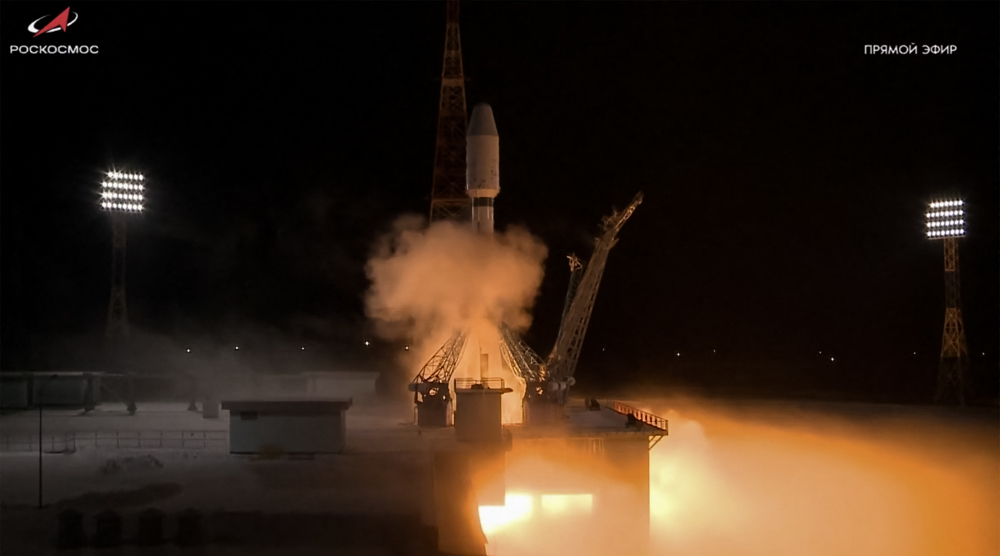NASA finds water on moon's sunlit surface
The discovery of water on the moon's sunlit surface by NASA's Stratospheric Observatory for Infrared Astronomy (SOFIA) came as a surprise, a NASA scientist said on Monday, and has prompted questions about the history of the moon as well as other airless bodies in the solar system.
"We weren't guessing that water could survive in the sunlit part of the moon," Paul Hertz, NASA'S Director of Astrophysics, said.
The moon lacks the bodies of liquid water that are a hallmark of Earth, but scientists said on Monday lunar water is more widespread than previously known, with water molecules trapped within mineral grains on the surface and more water perhaps hidden in ice patches residing in permanent shadows.
"If you were to gang up all those molecules of water, it would be about 12 ounces of water in a cubic meter (35 cubic feet) of lunar soil... that's a lot of dirt to mix in a 12 ounce bottle of water. It's much drier than the driest desert on the earth," Hertz said.
The findings suggest that water may be distributed across the surface of the moon, and not limited to its colder regions.
In 2018, NASA scientists confirmed the presence of water on the moon's surface — in hundreds of patches of ice deposited in the darkest and coldest reaches of its polar region.
The water found in the sunlit region is far less concentrated than that found in the icy deposits on the lunar poles in 2018, and scientists will first try to mine the polar region for water, Hertz said. Whether the water found by SOFIA will be easily accessible and available for use remains to be seen.
Scientists now want to expand their search across the entire earth-facing side of the moon to see if they can find more signs of water. In addition, they want to examine the moon at different phases to see if this water is stationary or whether it migrates across the face of the moon, Hertz said.
NASA is planning a return of astronauts to the moon, a mission envisioned as paving the way for a later journey carrying a crew to Mars. Accessible sources where water can be harvested on the moon would be beneficial to those endeavors.
(Source: Reuters)
VIDEO | Press TV's news headlines
Iran calls for regional action to preserve Yemen’s unity, territorial integrity
Gaza Media Office: Israel killed 56 journalists in 2025
VIDEO | Haj Qassem: The national hero
Gaza’s population falls by over 10% due to Israel’s genocide: Report
Tehran protests: How hostile external forces exploit economic discontent to foment chaos
Israel used multi-ton truck bombs in Gaza before ceasefire, investigation reveals
IRGC offers condolences on Abu Obeida’s martyrdom, says future belongs to Resistance









 This makes it easy to access the Press TV website
This makes it easy to access the Press TV website